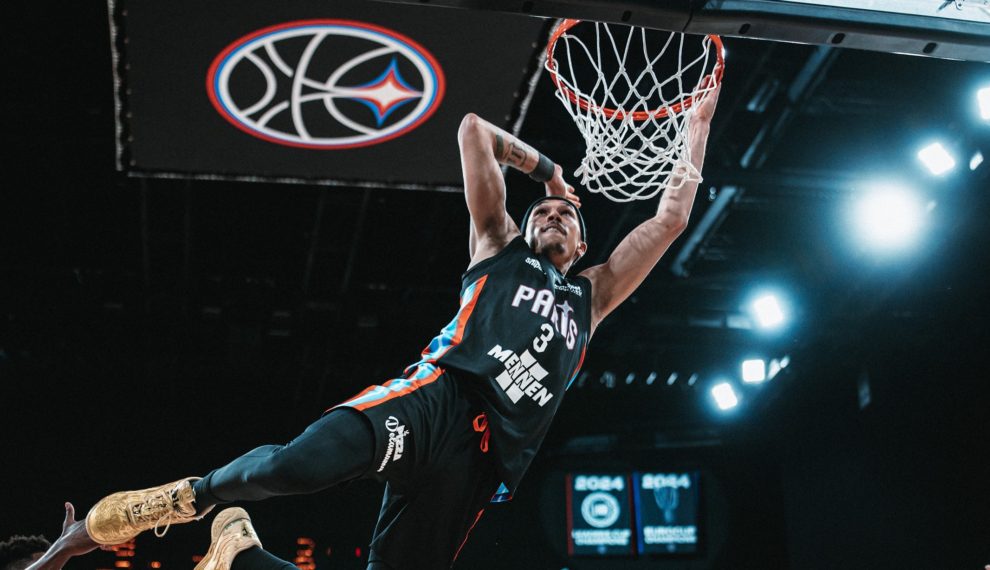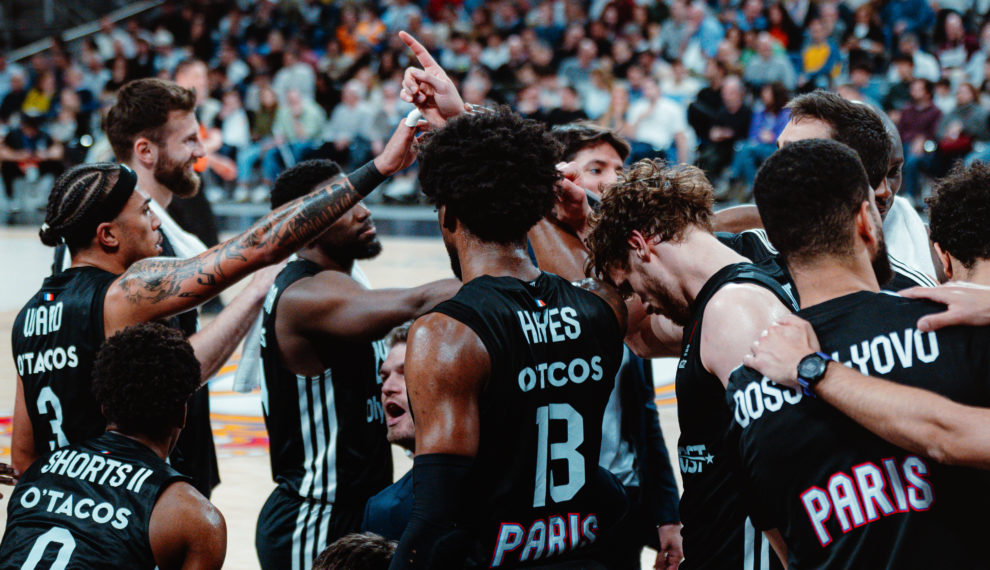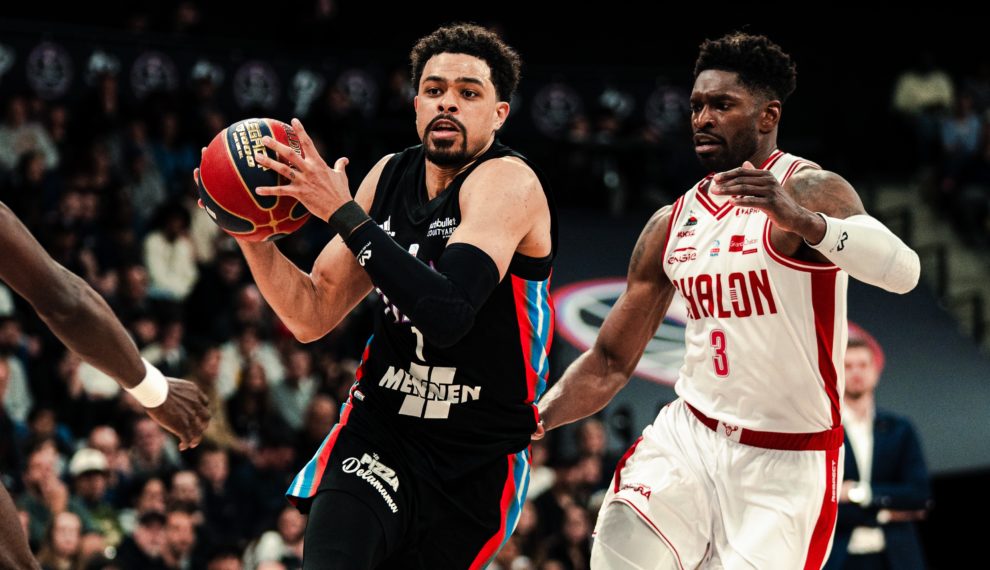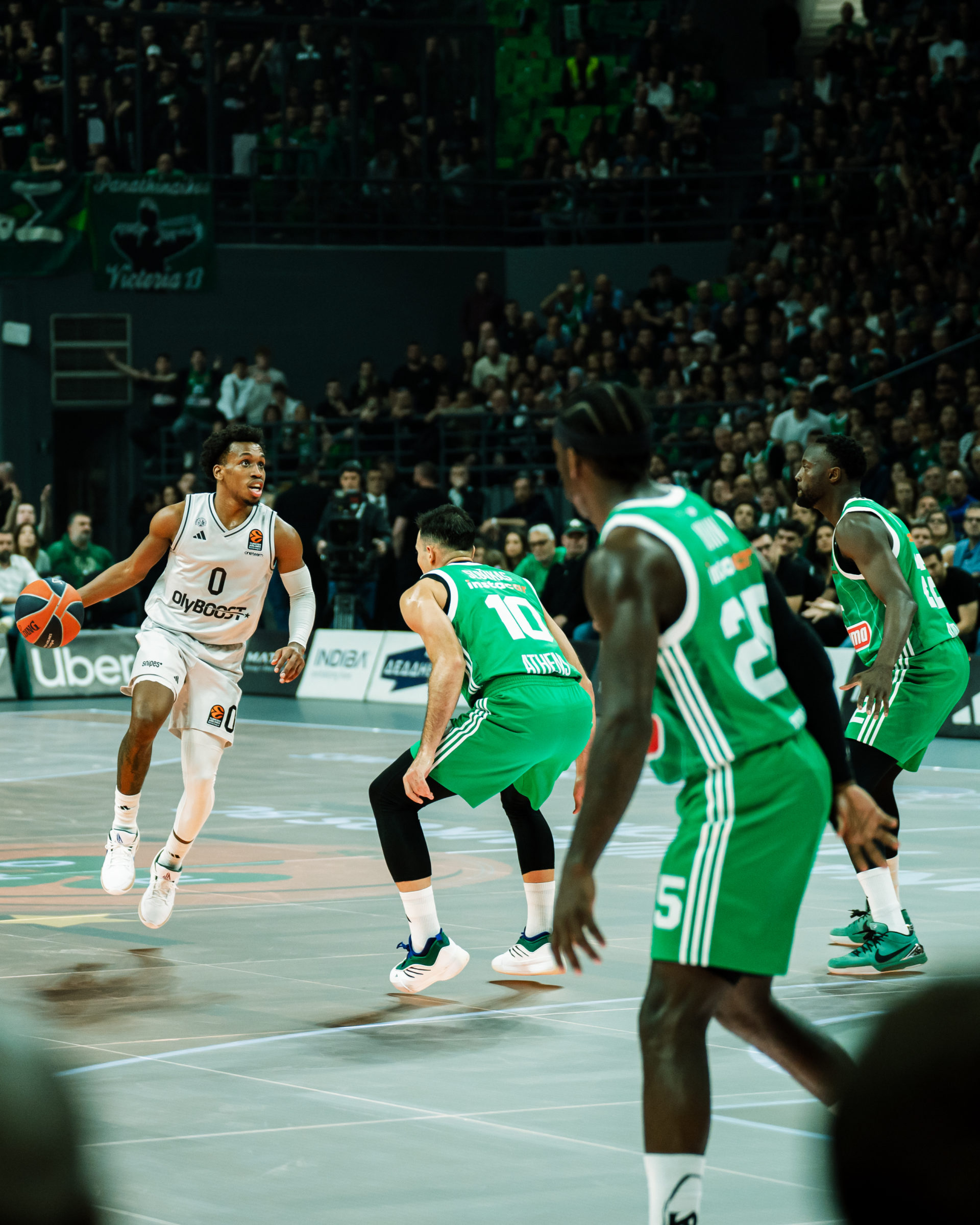
The zone : Basketball glossary
When we talk about defence, the first ‘system’ that comes to mind is zone defence. Criticised at lower levels, and often rightly so, knowing how to use it at regional and national level allows the team that uses it to gain an advantage over their opponents. However, this defence has as many flaws as it does variations, so we’ll take you through everything you need to know about this tactic. Please note! ‘Zone’ is also an offensive term, which we will explain later in the article.
What is ‘the zone’? 🤔
‘The zone’ is a defensive scheme or system designed to force the opponent to take outside shots and limit access to the paint. When a team has a transition game that is difficult to stop and scores a lot of points in the paint, a zone defence is usually put in place to force outside shots and grab as many rebounds as possible in order to slow down the pace and try to regain control of the game. This is a double-edged sword, as it relies on the opponent’s success. Implementing a zone defence can either tip the game in your favour by taking advantage of your opponent’s lack of skill, or further widen the gap between the two teams if your opponent’s outside shooting is on point.
Okay, but what does zone defence look like? 🧐
There are two types of zone defence: the ‘normal’ zone, which is played in only one half of the pitch, and the “press” zone for ‘pressing’, which is played across the entire pitch. Well, there are also half-pitch press zones, but that’s another story. Let’s keep it simple (no, Orelsan, we won’t finish that sentence).
Let us begin with the so-called ‘normal’ zone. There are two different arrangements with different advantages and objectives:
- Zone 2-3 (see diagram 1): This is the most common formation. The two smallest players are at the front, the three largest at the back with the pivot under the basket. The smaller players are responsible for forcing passes, moving quickly out to the wings and preventing penetration through the centre. The pivot is the cornerstone of the defence. If a player manages to take the centre, the pivot moves out to put pressure on them and force an uncontrolled shot or a pass to the sides or backwards. The roles of the other two players in the back zone are similar to those of the two smaller players at the front. Finally, in terms of defensive movement, the zone moves like a windscreen wiper, depending on the movement of the ball. If the ball is sent into the corner, the backline defender moves out to the player, the pivot takes his place, while the frontline player tries a double team to force a turnover…
- The 2-1-2 zone (see diagram 2): This is quite similar to the 2-3 zone. Except that instead of being under the basket, the centre is positioned in the middle of the key. In terms of movement, the windscreen wiper system is retained. However, this diagram is more fragile. If the ball is moved quickly, the defence can be quickly disrupted.

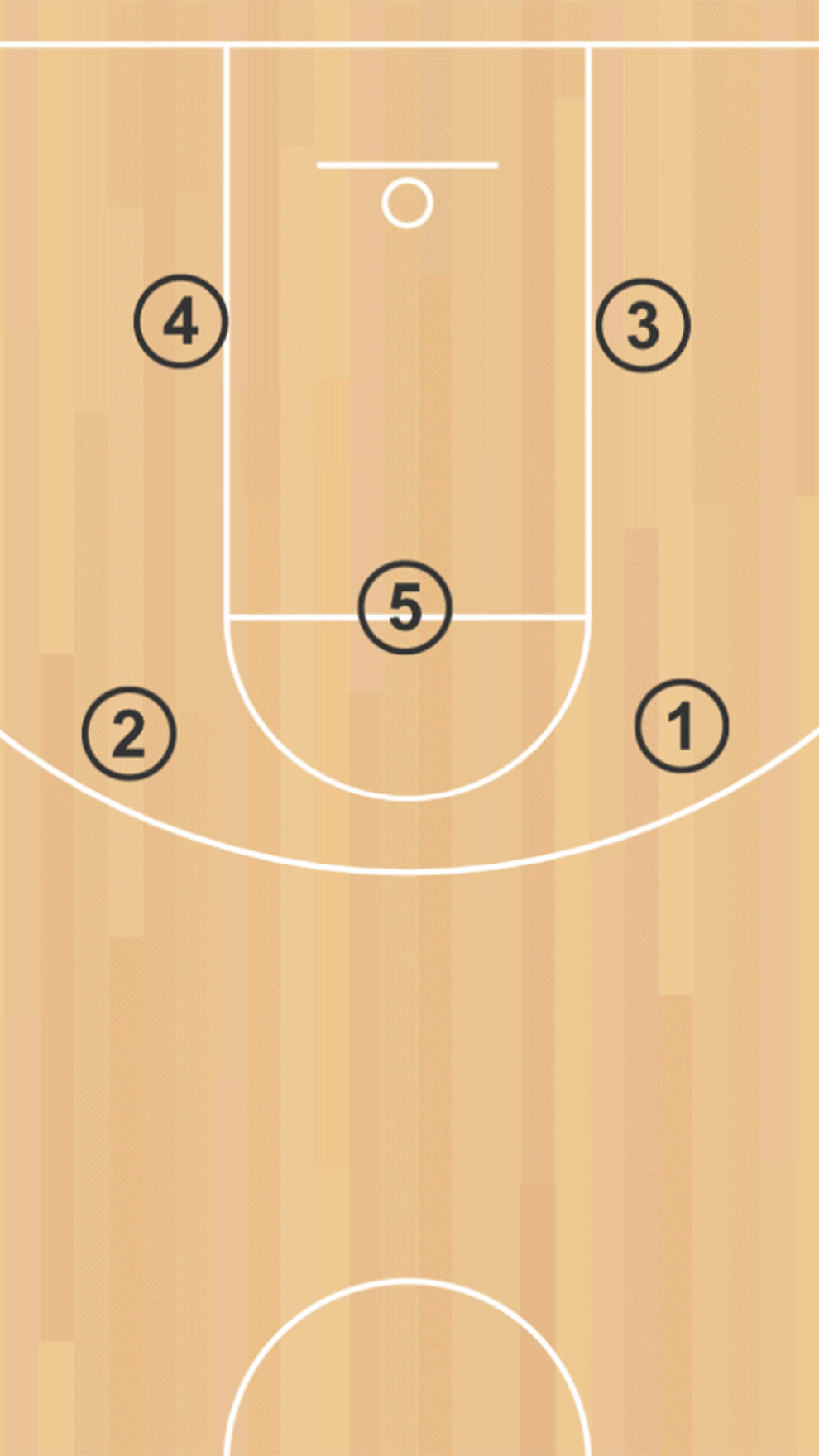
Next, as mentioned above, one of the most commonly used defensive zones is the press zone (see diagram 3).
This is very often organised in a 3-1-1 formation, a bit like an arrow: three players at the front, one in the middle (often one of the tallest) and one at the back (the tallest). With this defensive tactic, the objective is clear: to put pressure on the ball carrier and prevent the ball from being brought up to the middle of the pitch. As a reminder, a team has 8 seconds to cross the halfway line, otherwise the ball is turned over to the opposition. The trick? Make high passes. In a 3-1-1 zone press, the defence forces the ball to be lost in the final seconds by offering, as the only way out, dangerous lateral passes that can be intercepted or a ‘Hail Mary’ pass in the hope of getting past the midfield.
Of course, there is a way out of this trap: use feint passes to get past the opponent and favour ground passes. But let’s be honest, the first time you experience a well-executed zone press, expect to take a beating.
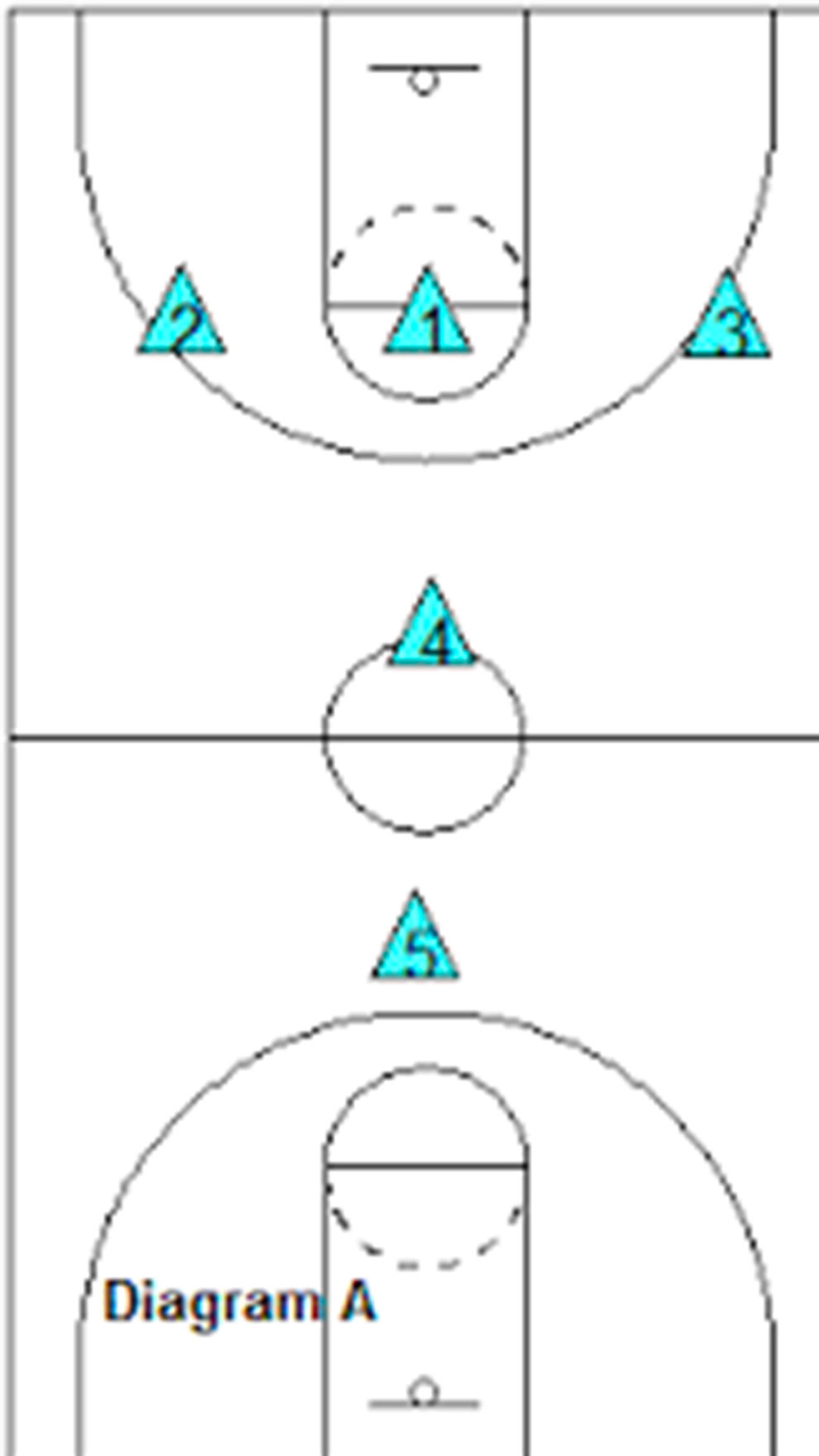
But ‘the zone’, I thought that was an offensive term…😵💫
Be careful not to confuse ‘the zone’, which refers to a defensive tactic, with ‘being in the zone’, which is an offensive term. Being in the zone means feeling like you are alone in the world during a match, scoring every shot. It is an extremely rare psychological state to achieve. However, when you do get there, I can tell you that you will play the best match of your life, both physically and emotionally.
Read also
Latest items


